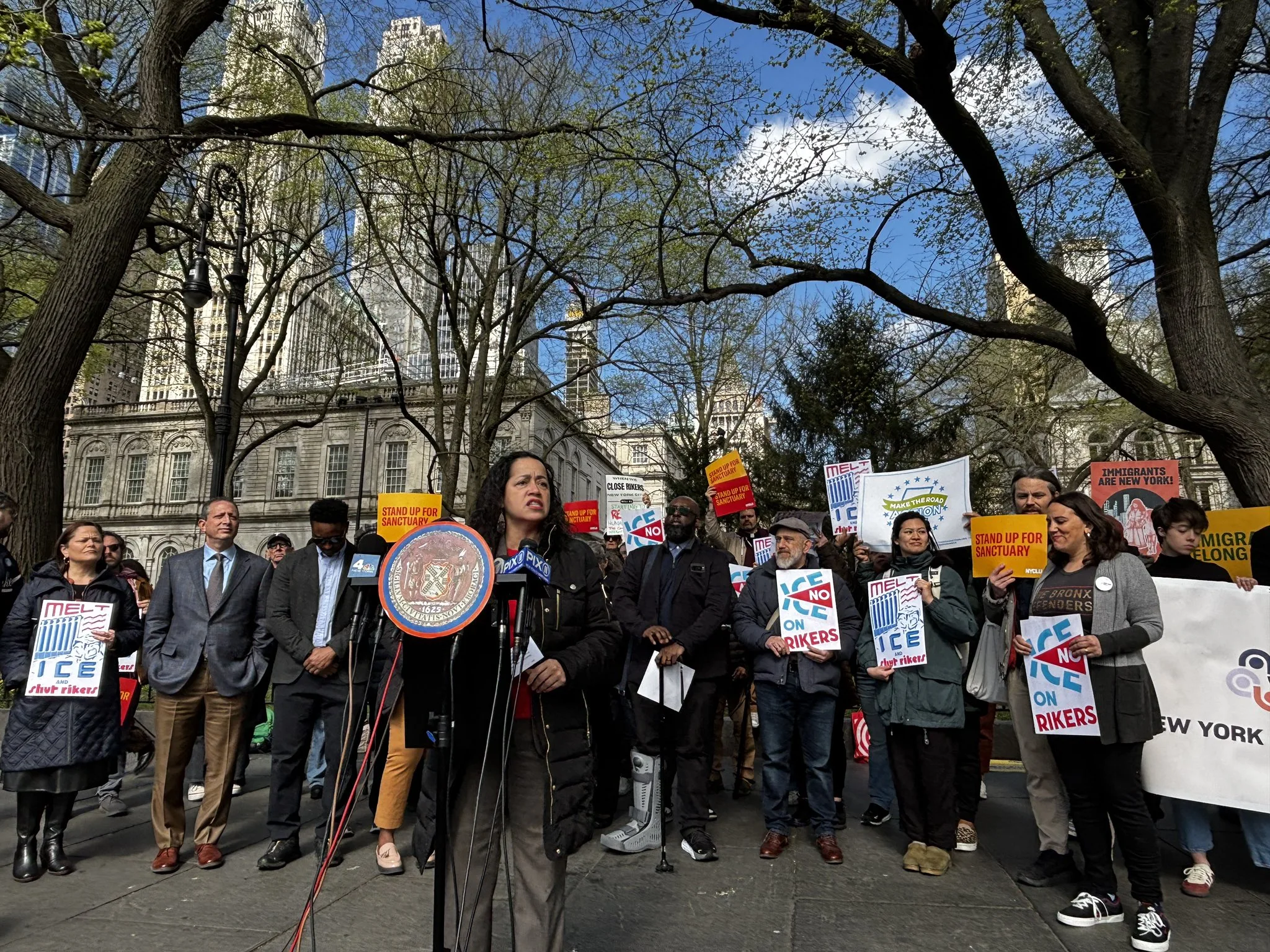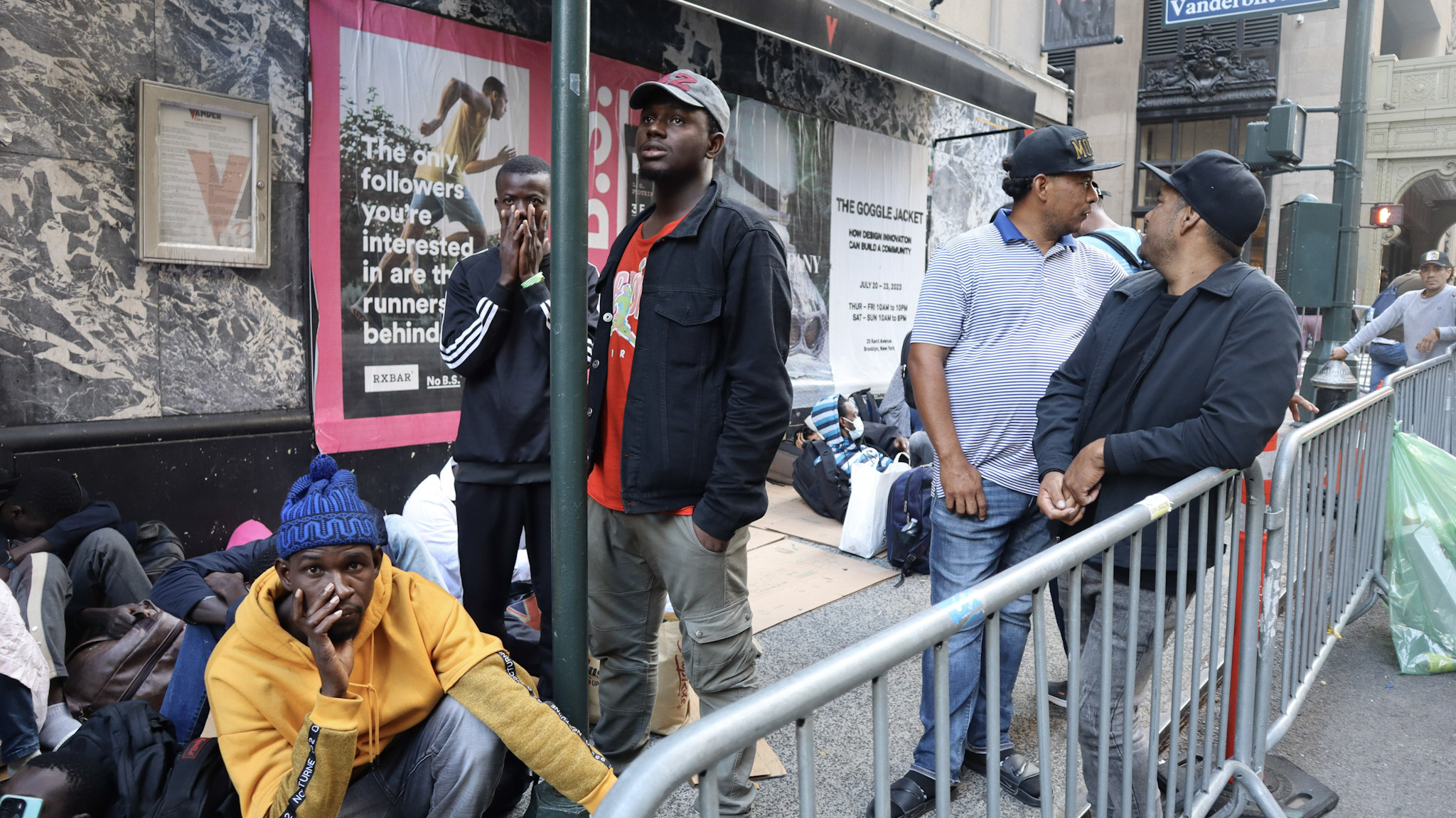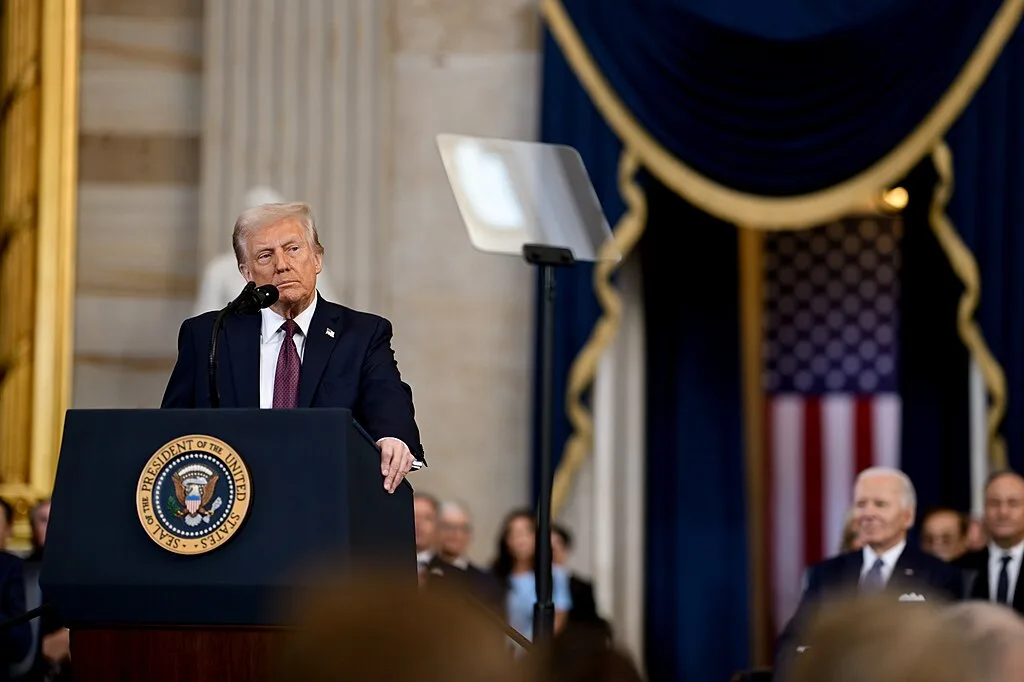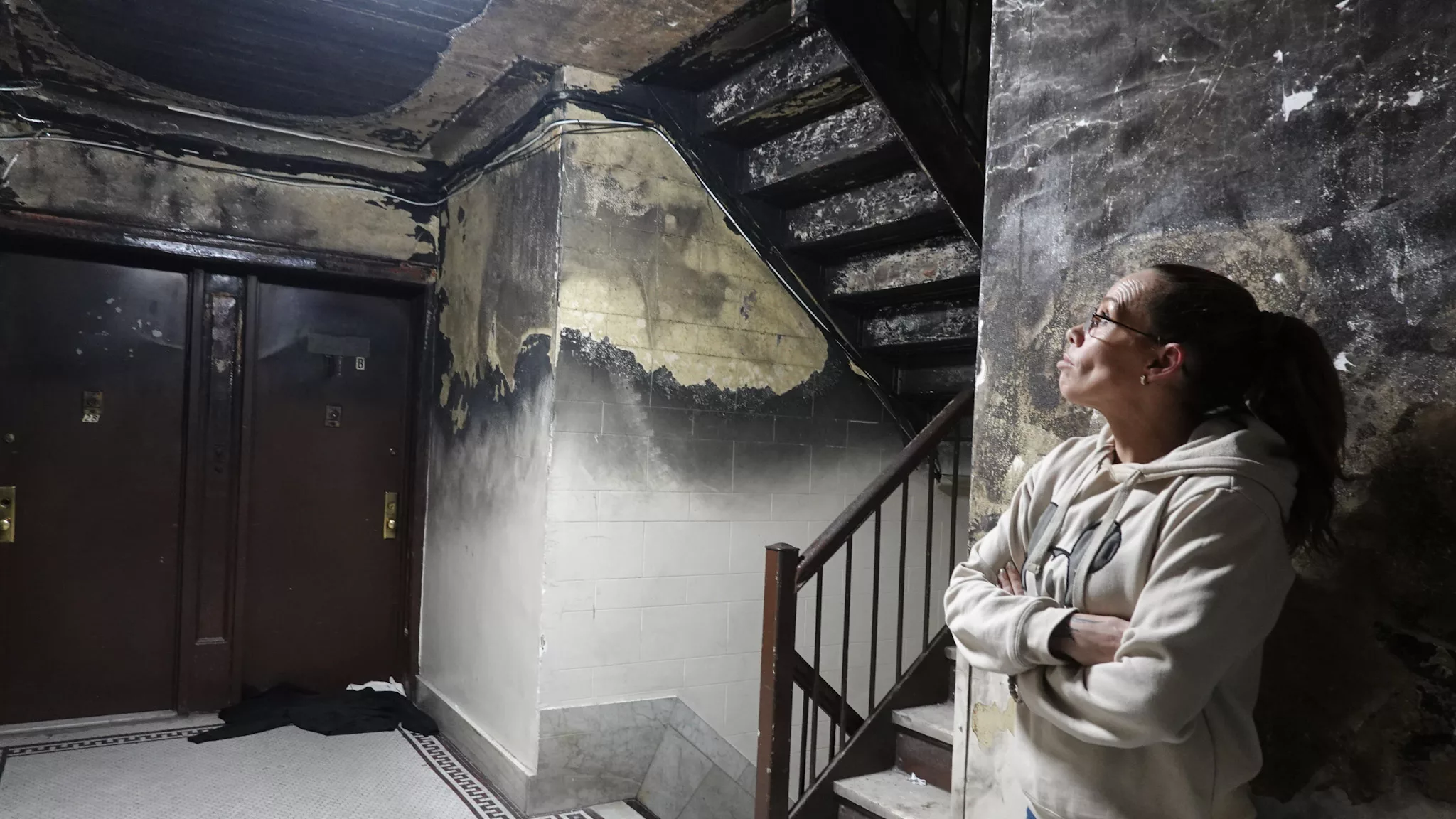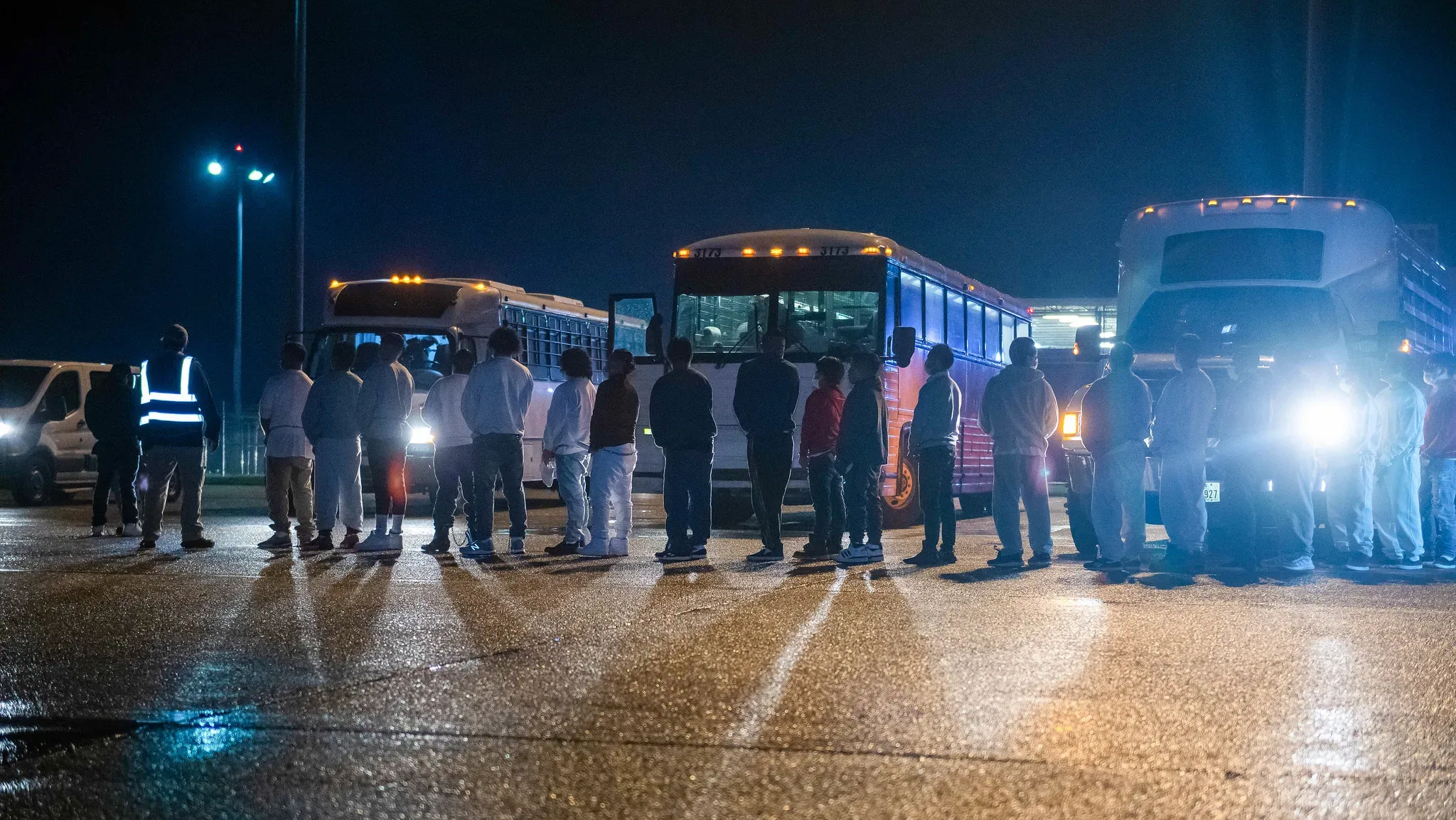A city is considered a sanctuary when it has adopted policies designed to limit or only partially cooperate with federal immigration enforcement. Sanctuary cities have a range of both informal policies and actual laws generally designed to protect undocumented immigrants from being detained or deported. According to the Center for Immigration Studies, there were nearly 40 cities that had adopted sanctuary policies as of March 2020.
Sanctuary cities became part of a national discussion after President Donald Trump signed an executive order in January of 2017 barring them from accessing federal funds. “Sanctuary jurisdictions across the United States willfully violate federal law in an attempt to shield aliens from removal from the United States,” the order reads. “These jurisdictions have caused immeasurable harm to the American people and to the very fabric of our Republic.”
A total of seven sanctuary jurisdictions — New York state and city, Connecticut, New Jersey, Washington, Massachusetts, Virginia, and California — sued Trump over the decision. California was one of Trump’s strongest opposers. The state passed sanctuary laws drastically restricting how local police could cooperate with immigration enforcement officials. The Department of Justice sued California’s then-Gov. Jerry Brown (D) and state Attorney General Xavier Becerra, calling the state’s provisions unconstitutional.

